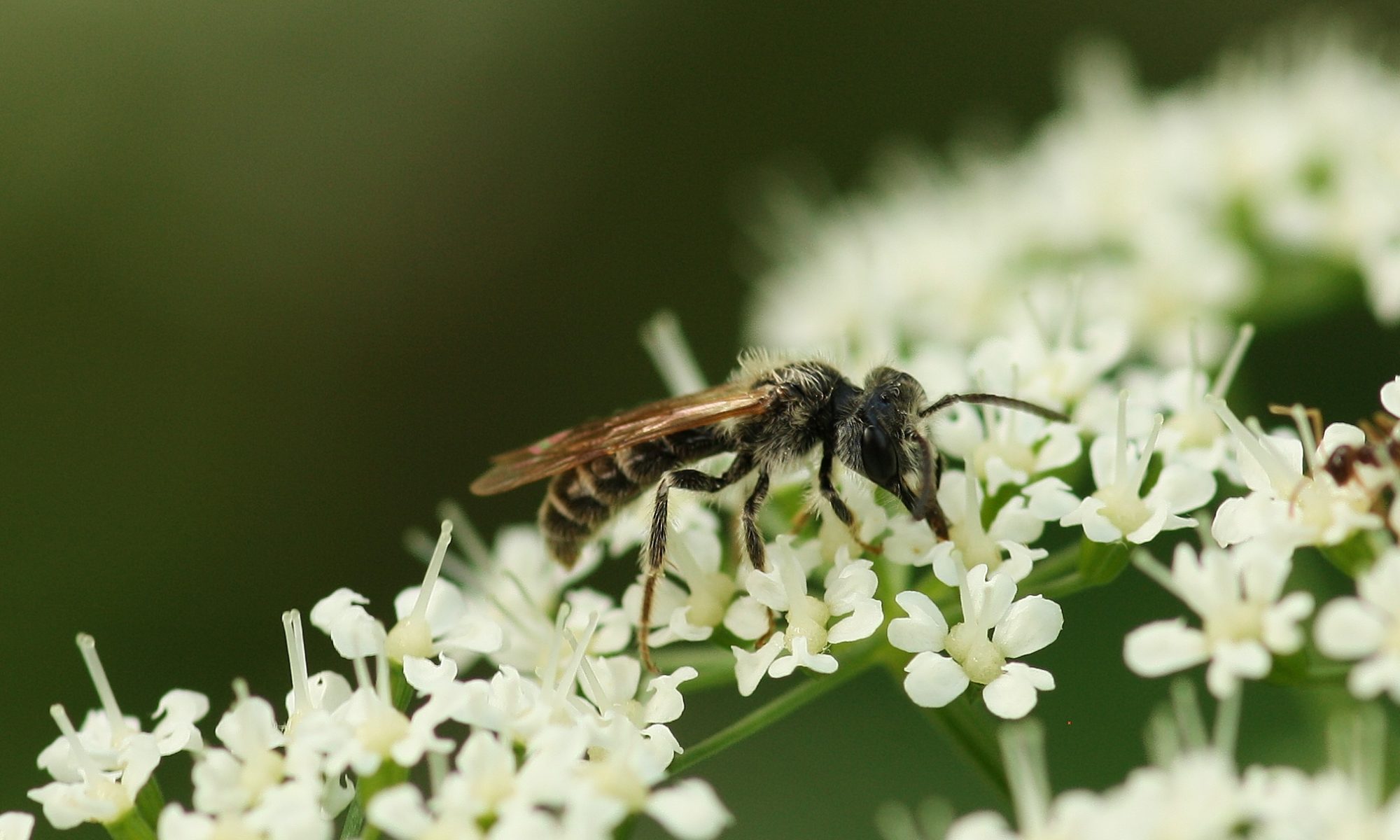A recent study led by Laura Russo (Trinity College Dublin) and published in the journal Methods in Ecology and Evolution, explores coevolutionary patterns in diffuse networks and how these patterns may influence the evolution of individual species. Read more in the blog post snippet below, or see the full blog post on the Methods.blog:
Diffuse Coevolution
In 1980, Janzen published an article titled “When is it coevolution?” where he explained the concept of diffuse coevolution: the idea that evolution of interacting species is shaped by entire communities, rather than simple paired interactions. This idea, though compelling, remains poorly understood, and strong evidence of diffuse coevolution acting on a community is lacking. Perhaps this is because there’s a lack of consensus on what would constitute evidence in support of the concept of diffuse coevolution, or, indeed, coevolution in general (Nuismer et al 2010).
Large Communities of Generalized Interactors
Evaluating patterns of diffuse coevolution involves analysing communities of many species and many interactions. But, standard phylogenetic methods for testing coevolution fail when evaluating large communities of interacting species because
- we often lack phylogenetic data for all the interacting species
- traditional methods are designed to evaluate pairwise interactions, not generalist species with many interactions…”
Read the full blog post on the Methods.blog.
______________
About the Author
Laura Russo is a Marie Curie fellow in Jane Stout’s lab at Trinity College Dublin. She studies mutualistic interactions between plants and insects, and between agriculture and conservation. Find out more about her research here:
Website | https://drlaurarusso.weebly.com/
Twitter | @lrusso08
Google Scholar | Profile
Linkedin | Profile

